Tu carrito está vacío
Envío gratis a partir de $150 (No incluye productos de gran tamaño)
Envío gratis a partir de $150 (No incluye productos de gran tamaño)
Bandas de lijado
Discos de lijado

How To Choose The Best Anvil For Knife Making
por David Kranker 8 lectura mínima

Quick Summary
When you begin knife making, you'll need an anvil that can shape blades. A flat, smooth surface with good rebound is essential for precise work, while heavier anvils (75 to 150 pounds) offer better stability and energy absorption. Forged steel anvils are ideal for serious knife makers due to their durability and better rebound, though cast iron is a more affordable option for beginners. The face size and shape should be flat and large enough for your knife projects, while features like horns and hardy holes depend on your style and needs. Whether you choose a new or used anvil, make sure it's in good condition, and consider your budget, workspace, and long-term plans. Proper care, including regular cleaning and oiling, will help maintain your anvil's effectiveness for years to come.
With so many options out there, how do you make the right choice? Do you go for a heavy one or something lighter? What material is best? Do you need any extra features, like a hardy hole or horn? In this guide, the team at Red Label Abrasives will break it down step-by-step and explain how each aspect of the anvil affects your work. By the end, you’ll feel confident about making a choice that’ll support your craft and help you create quality knives.
What Makes an Anvil Ideal for Knife Making?
Let us start by saying that not all anvils are the same. Those designed for blacksmithing, farriery, or other metalworking trades can be quite different from what you need for knife making. While all anvils share common features, certain characteristics make them better suited for specific tasks.
In knife making, you’ll be working with small pieces of steel. That means you’ll need an anvil with a flat, smooth surface (called the face) and good rebound. (Rebound is how much the hammer bounces back after striking the anvil.) A good rebound makes forging easier, as it reduces the effort needed for each hammer blow. Knife-making involves repeated, delicate hammering to shape blades, so a responsive anvil is key.
The surface of the anvil should also be free of cracks, dents, or large scratches - imperfections on the face can leave unwanted marks on the blade or make it difficult to shape the metal consistently. For knife makers, the flatness of the face is also critical - some general blacksmithing anvils have slightly crowned faces (curved surfaces), which work well for certain types of forging but aren’t ideal when you need precision, like when crafting a knife blade. You’ll want an anvil with a flat surface to keep your work consistent.
Weight Matters: Finding the Right Size for Your Anvil
When it comes to anvils, weight plays an important role. Generally speaking, the heavier the anvil, the better. Heavier ones provide more stability and absorb more energy from hammer blows, which makes your work more efficient. However, there’s a balance to be struck between having a heavy enough anvil and one that’s manageable in your workspace.
For knife making, you don’t need the massive 400-pound anvils that blacksmiths use for large-scale work like horseshoeing or toolmaking. Instead, most knife makers find that an anvil between 75 and 150 pounds offers the right balance of stability and practicality. Heavier ones, while ideal for absorbing more energy and providing a solid surface, can be difficult to move and may require a permanent spot in your shop.
- Under 50 pounds: Anvils this light are easy to move, but they don’t offer much stability. If you’re just starting out or have limited space, they can work, but they often result in less precision because they don’t absorb energy as well.
- 50 to 100 pounds: This is a good range for beginner knife makers. Anvils in this range offer a bit more stability while still being portable. You can store them on a sturdy stand or workbench, and they’re light enough to move if needed.
- 100 to 150 pounds: For many experienced knife makers, this is the sweet spot. These anvils offer enough mass to absorb the energy from your hammer strikes, making forging easier and more efficient. While they’re heavier to move, they provide a better forging surface.
The Importance of Anvil Face Size and Shape
Most of your work will be done on the anvil's face, so its size and shape are important factors. For knife making, a face that’s too small can limit the types of blades you can make, while one that’s too large can be unwieldy and take up too much space.
- Width: A face width of 3 to 6 inches provides a nice range for most knife makers. It offers enough space to work with a variety of blade sizes, from small paring knives to larger hunting or chef knives. A wider face can be useful if you plan to make bigger knives or blades, but it’s not essential for most knife makers.
- Length: A face length of 12 to 16 inches gives you enough surface area to hammer out long knife blades without running out of space. The extra length also allows for more even hammering when shaping and refining your blades.
Some anvils have faces with a slight crown (or curve), which is useful for certain blacksmithing tasks. However, for knife making, a flat face is generally preferred because it provides better control and precision when hammering the blade into shape.
Material: Cast Iron vs. Forged Steel
Material can greatly affect the performance and durability of an anvil. The two most common materials are cast iron and forged steel, each with distinct advantages and disadvantages.
Cast Iron
Cast iron anvils are usually lighter and more affordable. However, cast iron is not as durable as forged steel, and it doesn’t offer the same level of rebound. This means that you’ll have to work harder - your hammer won’t bounce back as much, so you’ll require more effort with each strike. Cast iron anvils are generally not recommended for knife making unless you're on a very tight budget or are just starting out.
Forged Steel
Forged steel is the top choice for serious knife makers. These anvils are stronger, more durable, and provide better rebound, which makes forging easier. While forged steel anvils are more expensive than cast iron, they last longer and deliver a superior forging experience. If you can afford a forged steel anvil, it’s worth the investment, especially if you plan to make knife making a long-term hobby or profession.
In recent years, some anvils have been made with steel faces mounted on a cast iron body. These hybrid anvils offer a compromise between cost and performance, providing better rebound than full cast iron ones but at a lower price point than forged steel.
The Horn and Its Uses in Knife Making
The horn of an anvil (typically the rounded, tapered end) is primarily used for shaping curved metal pieces, like horseshoes or decorative scrolls. For knife making, the horn is not always essential, but it can be helpful if you plan to make knives with curved blades or incorporate decorative elements.
Some knife makers prefer to work with hornless anvils, as this allows for more surface area on the face, making it easier to work with flat or straight-edged blades. Others like having the horn available for more creative knife designs. Ultimately, whether you want a horn depends on your style and the types of knives you plan to create. If you think you’ll use the horn, make sure it’s well-formed and free of imperfections, as a damaged or rough one can affect the precision of your work.
Hardy Hole and Pritchel Hole: Are They Essential?
Some anvils come with extra features like a hardy hole or a pritchel hole. The former can hold additional tools, like hardy cutters or bending forks, which can be useful for some blacksmithing tasks. The pritchel hole is used for punching holes in metal, typically for things like rivets or bolts.
While these features can be nice to have, they aren’t essential for knife making. If you don’t plan to use additional tools or don’t need to punch holes in your blades, you can opt for a simpler anvil without these features. However, if you want to expand your forging techniques or tools later on, having a hardy hole might come in handy.
New vs. Used Anvils: What’s the Better Option?
The choice between a new or used anvil comes down to your budget and personal preference. There are pros and cons to each, and both options can work well for knife makers.
New Anvils
Buying a new anvil ensures that it’s in perfect condition. The face will be smooth and free of any damage, and the rebound should be excellent right out of the box. However, new anvils can be expensive, especially if they’re made from forged steel. If you have the budget for it, buying a new anvil is a great way to guarantee quality and performance.
Used Anvils
Used anvils can often be found at a lower price, and many are still in great condition. The key is to inspect the anvil thoroughly before buying it. Look for cracks, chips, or deep dents on the face, as these imperfections can affect your work. You’ll also want to check the rebound by testing how well a hammer bounces off the surface. If the anvil passes these tests, it can be a great deal.
Pro Tip: One downside of buying a used anvil is the potential need for some restoration. Rust or minor surface damage can usually be cleaned up with some elbow grease, but you’ll want to avoid anvils with major defects.
Budget Considerations
Anvils can range widely in price depending on their size, material, and condition. For knife makers, it’s important to find an anvil that offers good value without breaking the bank. Below is an overview of the most common options:
- Entry-Level Anvils (under $300): These ones are typically cast iron or small steel-faced anvils. They may not offer the best rebound or longevity, but they can be a good starting point for beginners or hobbyists.
- Mid-Range Anvils ($300–$600): This price range includes mid-sized forged steel anvils or hybrid anvils. These offer better performance and durability than entry-level models and are ideal for serious knife makers.
- High-End Anvils ($600 and up): These large forged steel anvils provide excellent rebound, durability, and stability. If you plan to do a lot of knife making, they are worth the investment for their long-term performance.
Space and Setup
Before buying an anvil, think about where you’ll set it up. Anvils are heavy and need a stable, sturdy base. Many knife makers set their anvil on a solid stump or heavy-duty anvil stand. Regardless of where you put it, it should be secured to the base to prevent movement while you’re working.
Pro Tip: The height of the anvil is also important. A good rule of thumb is to have the anvil’s face at waist height. This lets you hammer comfortably without straining your back or arms.
Maintenance and Care
Anvils are built to last, but they still require some maintenance to keep them in good condition. Make it a habit to clean the face of your anvil after each use. Wiping it down with a dry cloth and applying a light coat of oil can help prevent rust, but if it does develop rust or surface damage, you can use a wire brush or sandpaper to clean it up. Be careful not to remove too much material from the face, as this can reduce the anvil’s effectiveness.
You’ve Chosen Your Anvil. Now Stock Your Abrasives
Choosing the best anvil for knife making comes down to understanding your needs, budget, and workspace. By focusing on key factors like weight, material, face size, and rebound, you’ll be able to find the right one for your future projects. Whether you opt for a new forged steel anvil or a used one with some history, the right anvil will make a world of difference in your work.
Of course, an anvil isn’t all you’ll need to make your knives. You’ll also need industrial-grade abrasives to finish and sharpen your blades. At Red Label Abrasives, we manufacture sanding sheets, sanding belts, sanding discs, and even complete knife making kits that can turn bars of steel into works of art. If you have questions about the right product for your needs, call 844-824-1956 or fill out our contact form today.Ver artículo completo

Cómo darle un acabado brillante a los muebles
por David Kranker 3 lectura mínima
Ver artículo completo ABOUT THE AUTHOR
David Kranker is a writer and creative maker who has been covering the abrasive and knife-making industries on the Red Label Abrasives Blog since 2020. David spends his time continually researching sanding and bladesmithing to provide readers with the latest and greatest information. In his free time, David utilizes abrasives for many different home and auto projects at his home in Delton, MI.
Belt Packs Made For Knife Makers
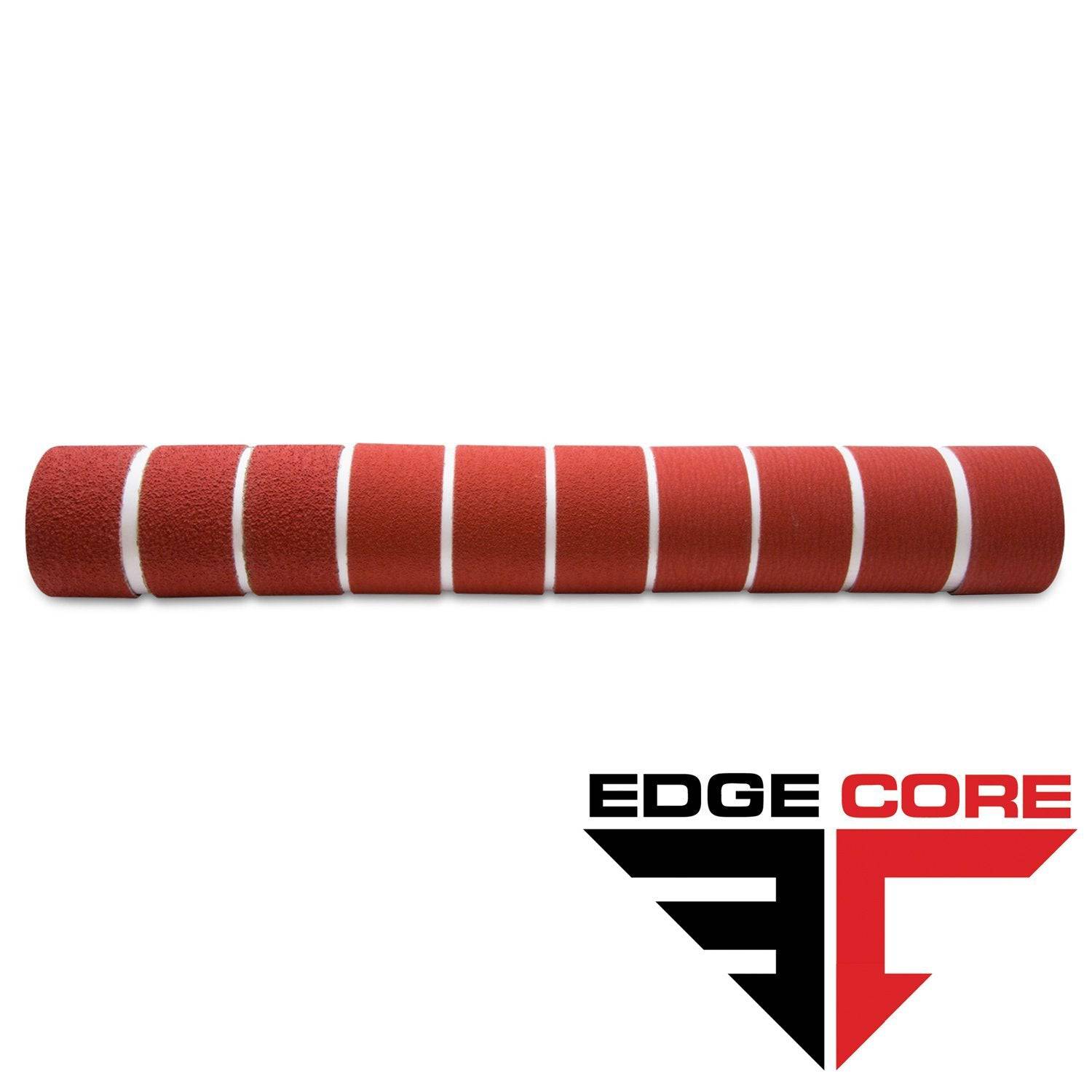
2 X 72 Inch Knife Makers Sanding Belts Assortment
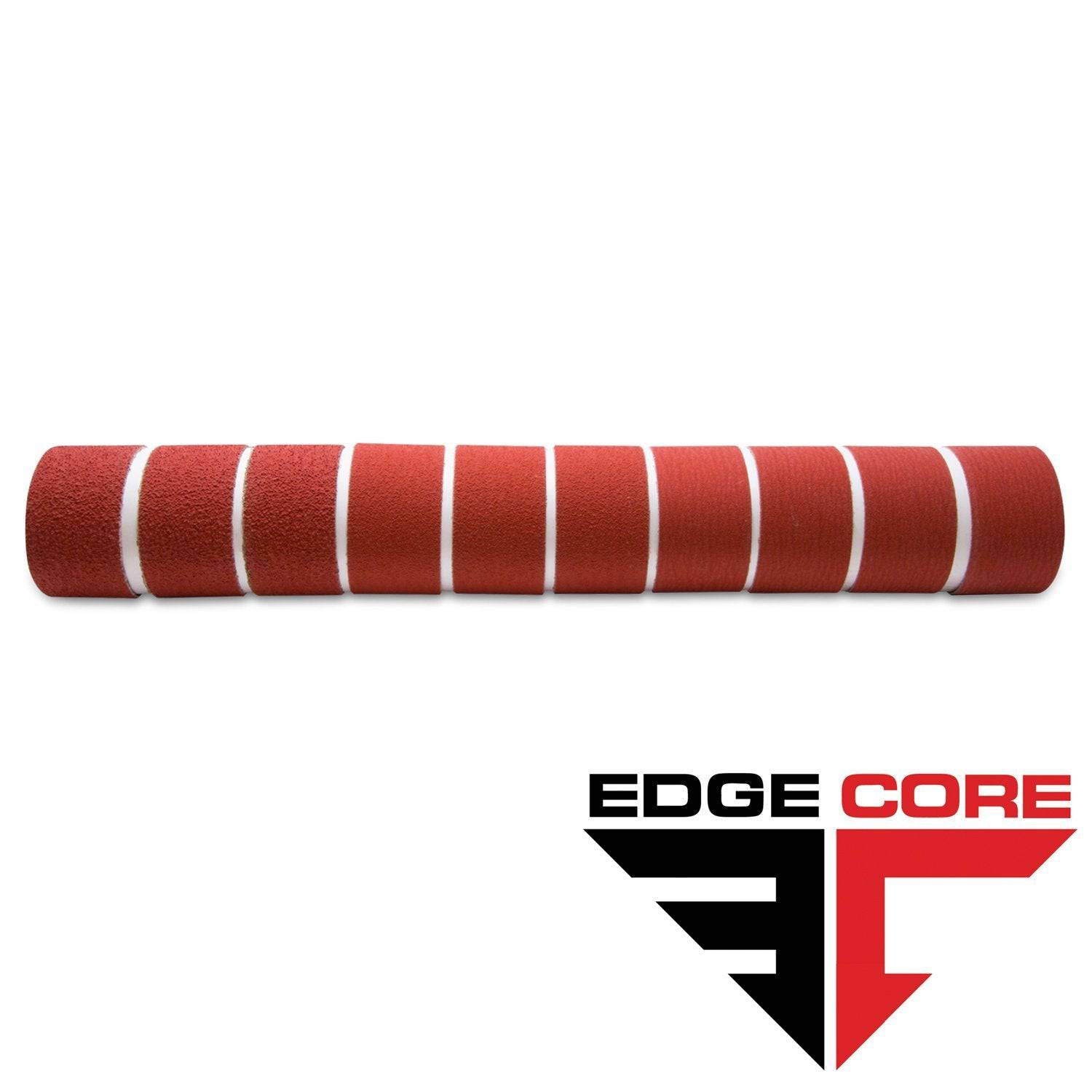
2 X 60 Inch Knife Makers Sanding Belts Assortment
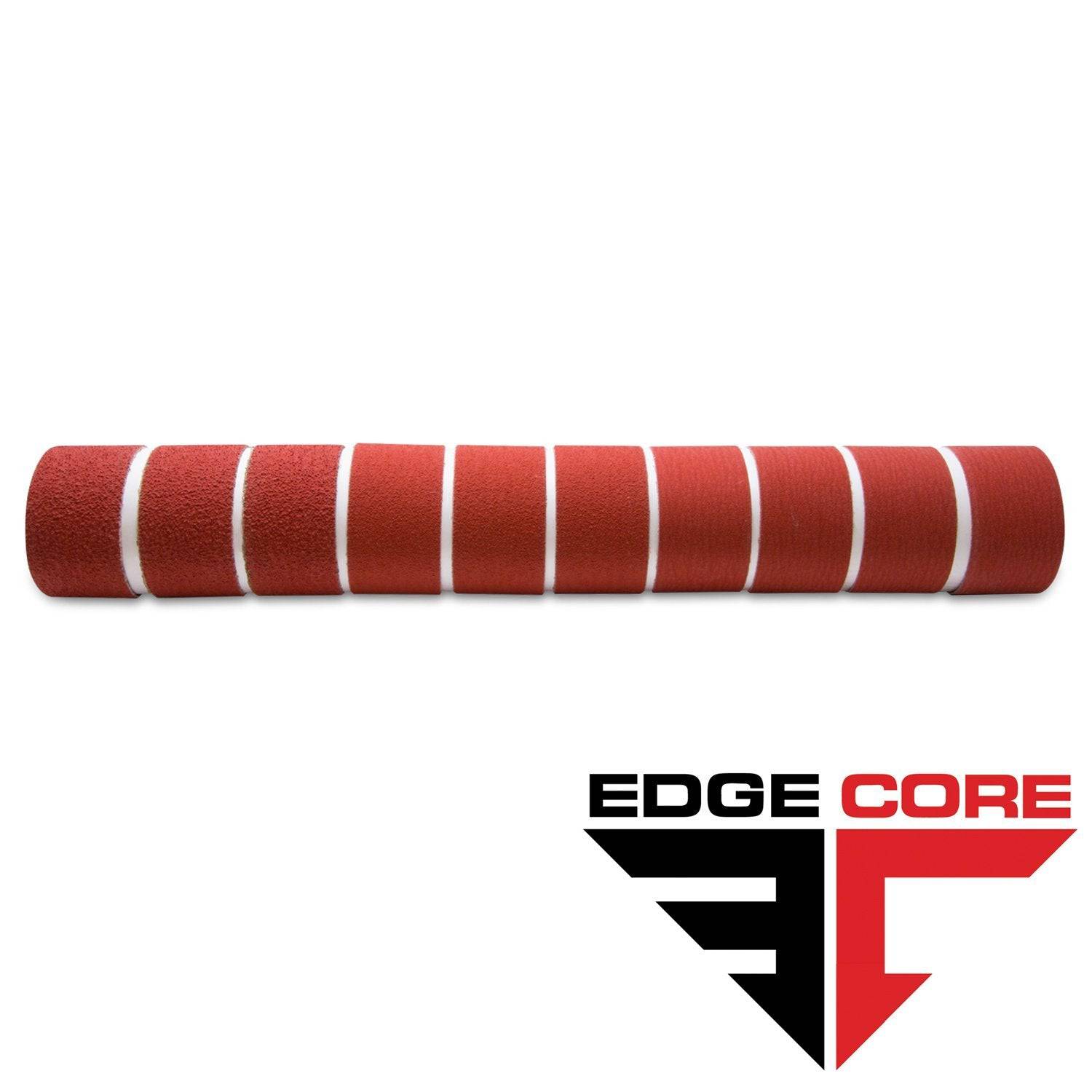
2 X 48 Inch Knife Makers Sanding Belts Assortment
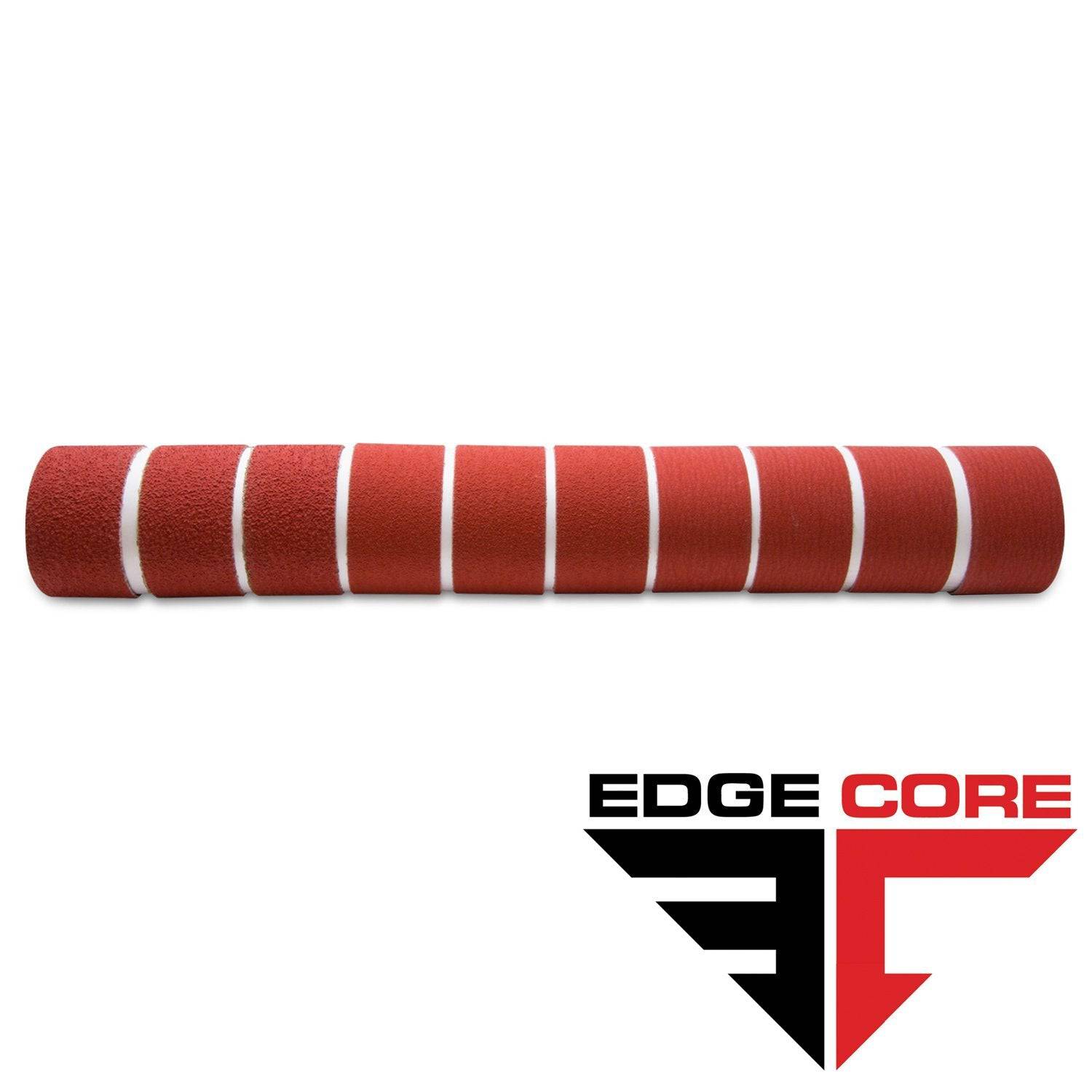
2 X 36 Inch Knife Makers Sanding Belt Assortment
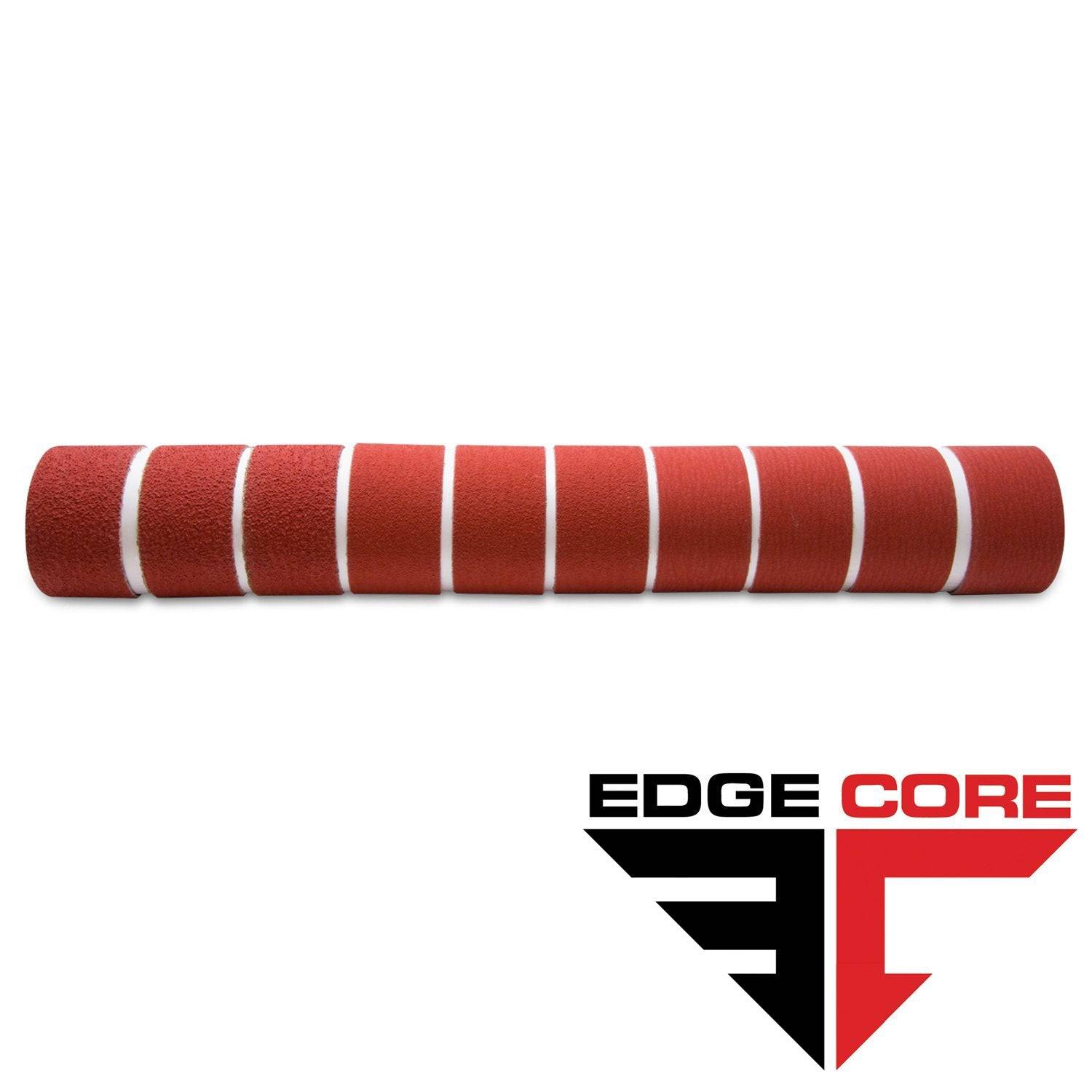
2 X 42 Inch Knife Makers Sanding Belts Assortment
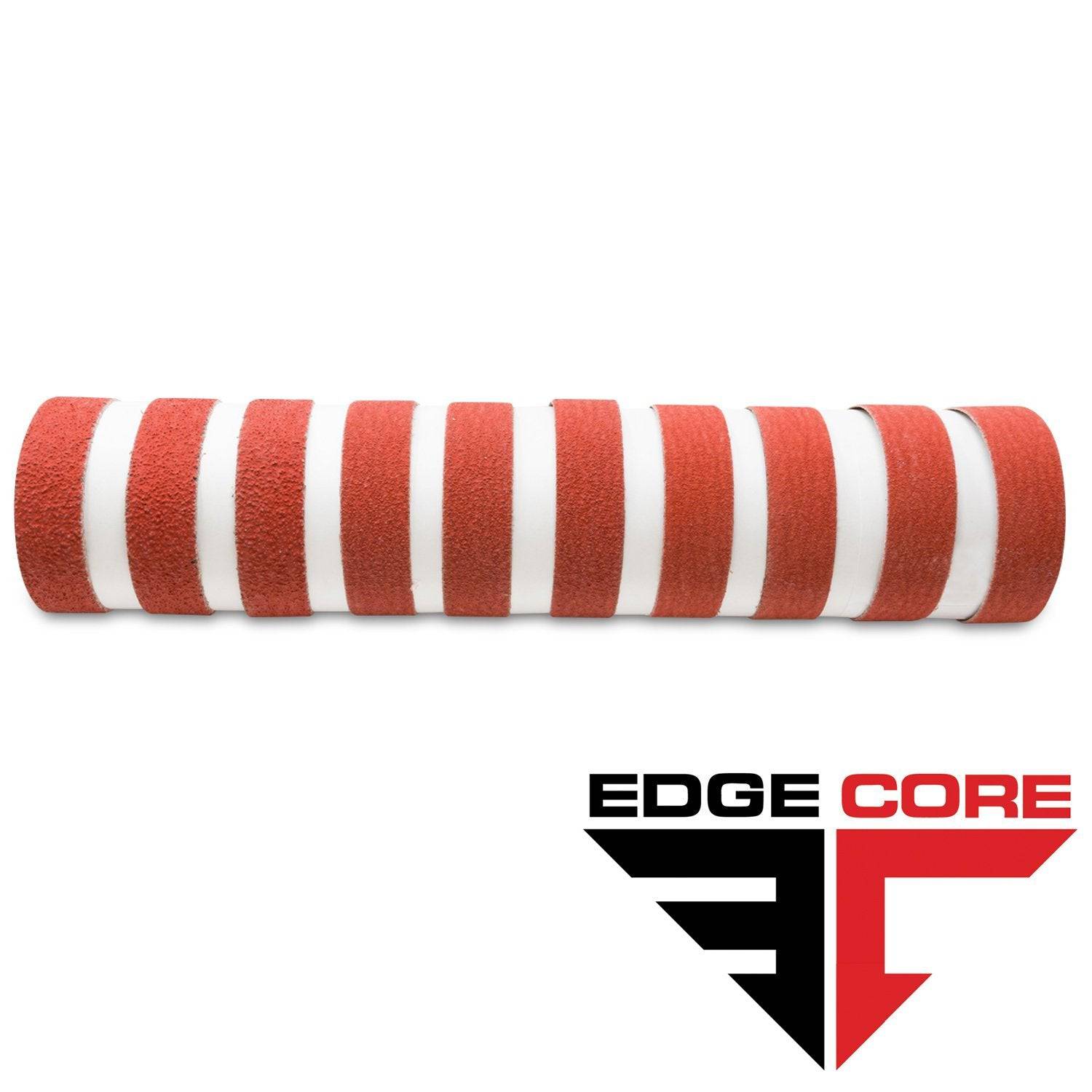
1 X 30 Inch Knife Makers Sanding Belts Assortment
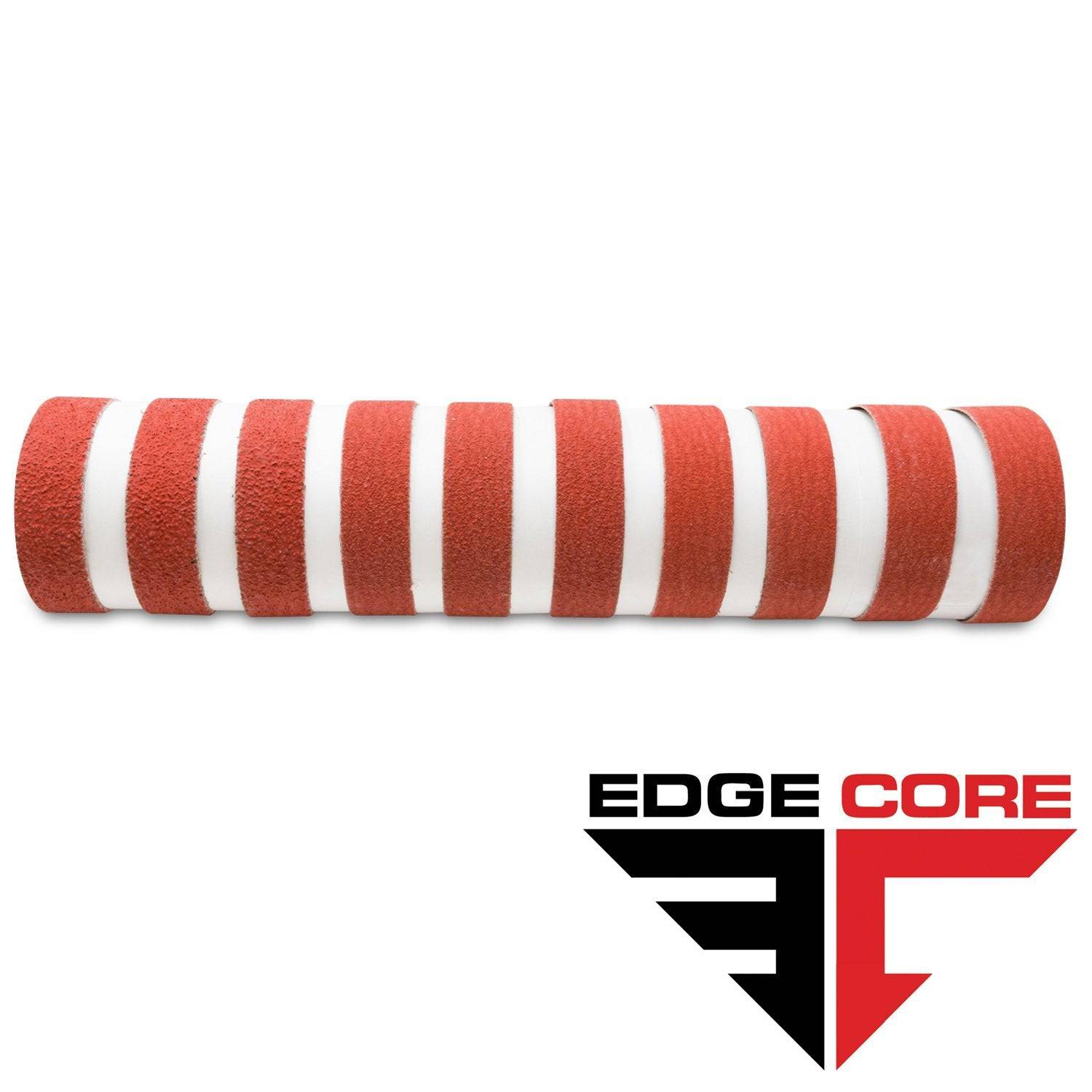
1 x 42 Inch Knife Makers Sanding Belt Assortment
Shop By Product Category





Why Choose Red Label?






